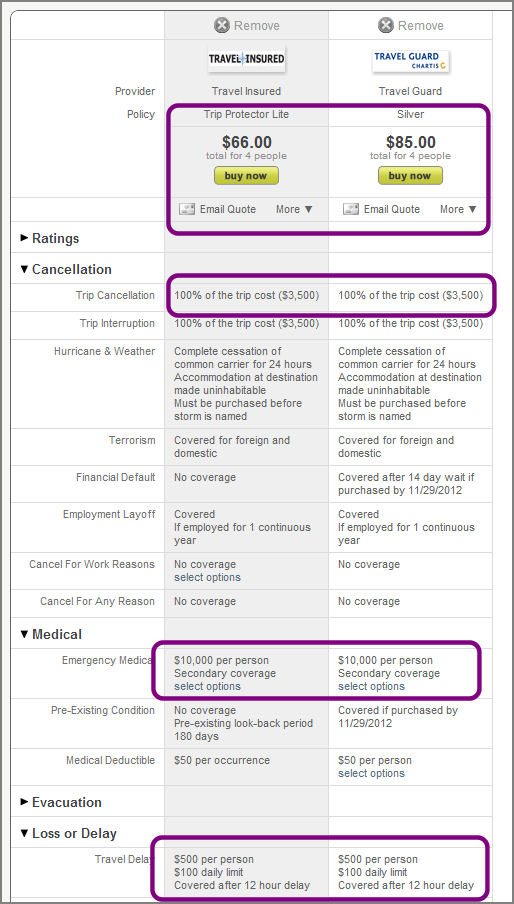 In the old days, a traditional tour involved big groups in climate-controlled buses rolling along while the tour guide explained the significance of what you were seeing as you go by. These days, travelers are looking for something more and many turn to walking tours as a way to get more exercise, get closer to the local culture, and really experience the environment in which they are traveling.
In the old days, a traditional tour involved big groups in climate-controlled buses rolling along while the tour guide explained the significance of what you were seeing as you go by. These days, travelers are looking for something more and many turn to walking tours as a way to get more exercise, get closer to the local culture, and really experience the environment in which they are traveling.
Walking tours give travelers the unique opportunity to experience a place in a more intimate way rather than whizzing by with your nose pressed against the glass. As with other forms of slow travel, walking is also a great way to reduce the environmental impact where you travel. If you usually gather a few extra pounds of weight on your vacations, a walking tour is the perfect style of travel and you don’t have to feel badly about that extra glass of wine or dessert in the evening after a day of walking.
There are many types of walking tour groups all around the globe and the features of each vary widely. Some walking tour groups are relatively limited in their services – handing the traveler a map and hauling their luggage from location to location. Others plan and guide all your walks, organize the lodging and meals, and can assist you if you are injured.
A walking tour is a relatively active form of travel and it’s important to realize that accidents and illnesses happen anywhere, anytime. Before you book a walking tour, let’s review what can go wrong and how to protect your trip investment and yourself before you leave.
You break your ankle when you slip off the trail
While walking isn’t a particularly dangerous activity, a walking tour may guide you along city streets or rough trails. Depending on how fast your group is walking and where you are walking, there is always some risk of injury. Those walking the Camino de Santiago, for example, are walking on rugged trails, back roads, paved streets, and various other terrain.
If you are injured in a place where your own health insurance doesn’t cover, you could be facing a relatively hefty medical bill. In addition, and depending on your injury and how long it takes you to recover and the walking tour’s terms and conditions, you could lose the remainder of your walking tour investment.
Having travel medical insurance will protect you from the expensive medical costs and provide an emergency medical evacuation, should you need it. In addition, a travel insurance plan with trip interruption coverage will reimburse you for your lost trip expenses should you be forced to abandon your trip and return home to recover.
Your wallet is stolen as you gaze upon gorgeous frescoes
Recently, the staff at the world-famous Louvre closed the museum to protest the high numbers of aggressive pickpockets who were tormenting the patrons and staff. Losing your wallet and/or passport during any type of tour is common because thieves know what to look for: a busy group of people who are distracted by what they are seeing (see How to spot a pickpocket for useful tips.)
Of course, passports, credit cards, and other travel documents are not typically covered by baggage protection, so it’s important to keep those documents on your person when you travel.
Having a travel insurance plan with passport and credit card coverage means you’ll have help replacing your passport and reimbursement for the fees associated with an emergency passport replacement. You’ll also have help with emergency cash advances and identity theft services to help if your identity is compromised by the theft on your trip.
Tip: See why safe travelers love money belts and here’s how to protect your credit card numbers should you need to get replacements.
Your bags haven’t arrived yet and you start walking tomorrow
While the airlines have gotten better at getting luggage delivered to the right place, there is no shortage of thieves who are only too happy to snag a nice piece of luggage off the conveyor belt before you get to it. Your bags can be pilfered by the TSA’s sticky fingers, slip off the baggage carousel, stolen from the back of the bus, or snatched from behind you while you wait in line.
Having a travel insurance plan with adequate baggage coverage means you will be reimbursed (up to the plan limit) for necessary items, including the bag itself no matter where your bag is stolen during your trip. If your bag gets on the wrong plane and is delayed a few days, you’ll have some cash to purchase the essentials so you can start your walking tour.
Tip: See the 5 things every traveler should know about baggage before taking a trip for more advice to keeping your luggage safe.
Your travel companion is killed by a drunk driver
Many walkers prefer to start walking before sunrise when they’re walking in areas with high heat in the middle of the day. This helps them get to their target destination earlier in the day, so they can take advantage of the air-conditioned rooms or at least a cool shower in the hottest part of they day rather than walking during that time.
If a traveler is killed or dies while on a trip, there are many issues to contend with: the preparation of the body, the cost of transporting their body back home, and the regulations to be navigated when transporting a body. It’s a gruesome thought but emergency evacuation and repatriation coverage can help a traveler’s friends and family avoid those problems.
Tip: If you will be walking in the dark on your walking tour, consider wearing reflective clothing and/or gear to ensure that those driving on poorly lit roads can see you.
Your walking tour is stopped by a mandatory evacuation
Natural disasters occur all the time and depending on where you are walking, you could encounter avalanches, earthquakes, hurricanes, tsunamis, and volcanic eruptions among others. When a natural disaster occurs, there are often mandatory evacuations and if your walking tour is derailed by a natural disaster, you could be out a lot of money. Depending on the situation, you could also be facing last-minute airfare costs to get you to safety.
A travel insurance plan with coverage for natural disasters can help you with pre-trip cancellation reimbursement, trip interruption coverage to refund your remaining trip investment, even non-medical evacuations to get you to a safe place.
Tip: If your walking tour travels through an area where natural disasters occur, read your travel insurance policy carefully to understand the coverage you have for those situations.
Your babysitter is sick and you have to cancel
If your child’s babysitter cannot take care of your kids, and you can’t find a replacement you could have to cancel your walking tour. No travel insurance plan will cover babysitters canceling, but ‘cancel for any reason’ coverage is designed for those instances where standard trip cancellation won’t fit the situation.
While ‘cancel for any reason’ is nearly always an upgrade (and therefore costs a little more), if your life circumstances are not as predictable as you might like or you have extenuating circumstances (like an ill parent) that could affect your ability to take your walking tour, it just might be the coverage you can’t go without.
You are hospitalized, leaving the children unattended
Many parents take walking tours with children and if you are traveling with your children, or your children’s friends, it can be nerve-wracking to think about how best to protect them. Of course it’s necessary to include your own children on your travel insurance policy – many travel plans cover kids for free – but also to have any non related children covered with their own plans as well.
Almost worse than having your child in the hospital, if you are hospitalized while on your walking tour and cannot care for your children, what do you do?
A travel insurance plan with ‘return of minor children’ coverage ensures that any dependent kids who are on the same trip with you are returned safely home in the event you are hospitalized more than a certain number of days (usually seven). In addition, with many travel insurance plans, you’ll have the coverage you need to bring a friend or family member to your bedside should you be hospitalized over a certain number of days.
Be sure you have the right coverage for your walking tour
So, what’s the best travel insurance for a walking tour? Depending on the type of walking tour and where you will be walking, you may need to upgrade your plan for adventure activity coverage. After choosing your walking tour, look through the information to determine what type of walking you’ll be doing.
Walking along city streets is very different from hiking a high mountain trail between towns, for example. If you will be doing more rugged types of walking, read through the travel insurance plans carefully – focus specifically on the exclusions section – to ensure that your activities aren’t excluded from coverage.
Even better, give the travel insurance company a call and tell them about your planned trip and ask them to verify that your travel medical and trip interruption coverage will be in effect while you are taking a walking tour.
Tip: Be sure to read the policies for the walking tour company you’ve chosen too. They often have very specific limits to what they can do to help injured walkers or those who have to cancel and you’ll want to protect yourself from those situations with your travel insurance plan.








